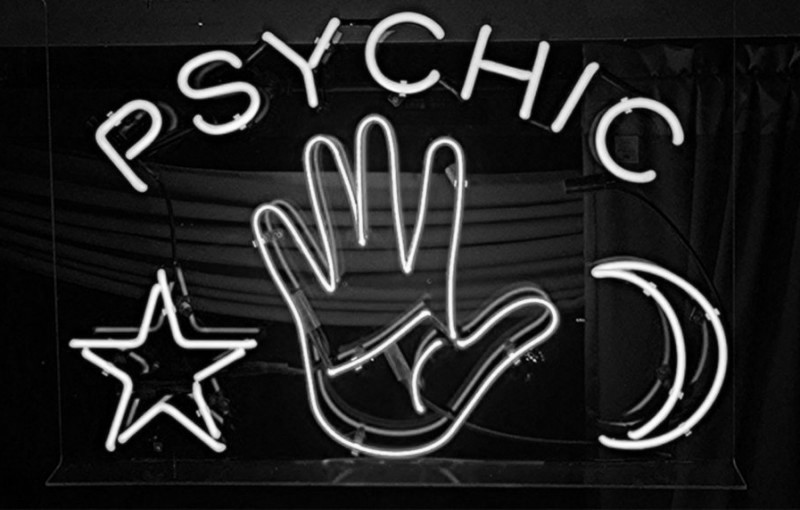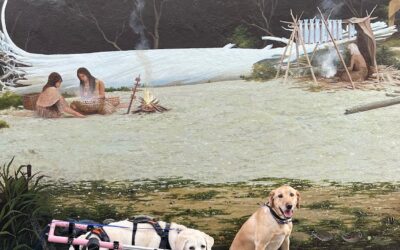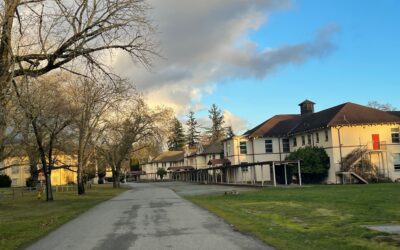Pretend for a moment that you’re a “fake psychic.” Not a real psychic, who can find lost persons after receiving visions from deities, angels, or bad cases of indigestion, but a “fake psychic” – you’re just making stuff up. To advertise your special powers, you’re currently using the “one out of a hundred” approach.
In the “one out of a hundred” approach, you predict the location of lost persons on one hundred searches. If you get one fortunate hit out of those one hundred searches that gets described in great detail the remaining 99 failures are not mentioned.
Never mind that this 1% success rate could easily be matched by my trained guinea pig — when you promote that one success, it firmly convinces the unthinking public of the value of your “fake” psychic powers.
And yet, you’re not satisfied. What if there were a way to easily improve the success rate that you publicize on your website? Fortunately for “fake psychics” the world over, there is an easy way to do this.
It’s called Psychic Bingo, and here’s how it works. First, come up with a laundry list of possible “psychic visions.” “I see a stream.” “He’s under a tree.” “She can see the sun.” “I see lots of green.” “Searchers are close by.” This is easy to do, so come up with as many as you can. Now, when the subject is found, you just point to your Bingo square that matches (he was found near a stream), and you’ve just proved the power and accuracy of your visions. Now you’ve got more “successes” to put on your website!
As Operations Chief on several large-scale searches, I’ve been asked to consider input from psychics. And by this, I mean “real psychics,” not fake ones like you. Out of fear and desperation, families of the lost bring us Psychic Bingo lists, and ask us to consider these as possible clues to the location of their missing loved ones.
Out of consideration for the families, I don’t use the occasion to share my opinion that psychics are charlatans who prey upon families in their darkest hours of need. And out of consideration for the families, I take those lists and carefully review each and every entry to make sure there is no idea that we have overlooked.
Then I file the list with the urgent memo from my pet guinea pig. And I return to terrain analysis, lost person behavior historical data, incident scenario planning, and probability-based search science to plan the search for that missing person.




The first chapter was a good read, very nicely written, it has a sophisticated and polished feel. Keep up the good work!